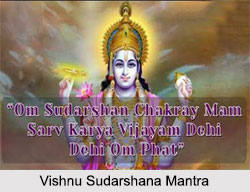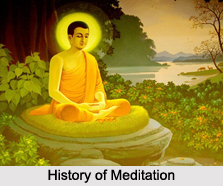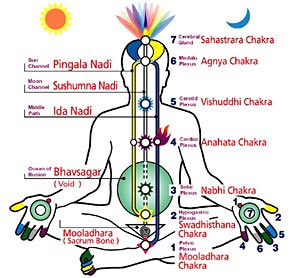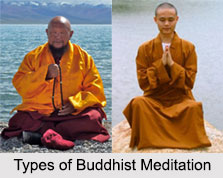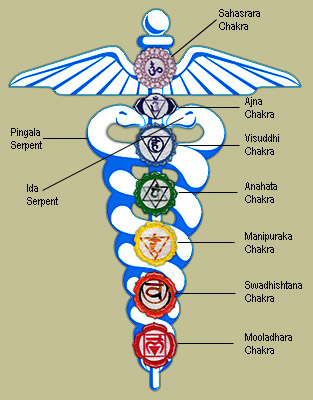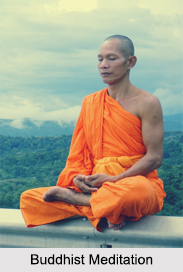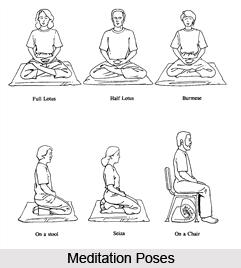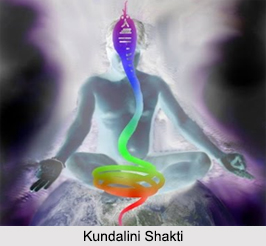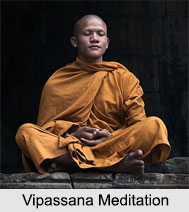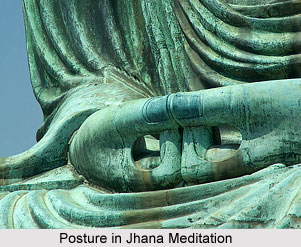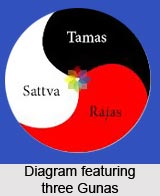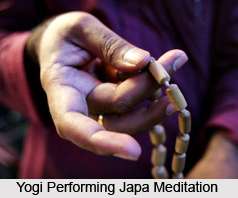 Sa-guna is followed while performing both anusthanas and purashcharanas in Kundalini Meditation. Sa-guna is the Sanskrit conception of the path of the Five S`s, namely sthana, samaya, samagri, sankhya, and samyama. The purpose of these rules is to achieve the Sa-guna or manifested form of the deity.
Sa-guna is followed while performing both anusthanas and purashcharanas in Kundalini Meditation. Sa-guna is the Sanskrit conception of the path of the Five S`s, namely sthana, samaya, samagri, sankhya, and samyama. The purpose of these rules is to achieve the Sa-guna or manifested form of the deity.
Sthana
Sthana means location. The first rule of Kundalini Meditation is to stay in one location throughout the duration of his penance and not travel about. Moreover, the Yogi must sit in the same place each day, face in the same direction, and sit in the same position.
Samaya
Samaya means time. The Yogi should fix a time limit for his sadhana, eleven days or forty days and remain steady in that. The Yogi must also sit at the same time every day. If the Yogi passes away that time, he cannot count the repetitions he did that day.
Sankhya
Sankhya means number. The Yogi must decide the total number of repetitions he will do, and then divide that number by the number of days to determine how many he will do each day. The Yogi must do the same minimum number every day and he is allowed to more, but he cannot do less.
Samagri
Samagri means the materials used for worship. Each and every material of sadhana should be present during those hours at particular amounts. The Yogi must not start with any expensive material that he cannot carry on with every day`s sadhana.
Samyama
Samyama means complete control of the sexual desire or abstinence. The balance of Prana and Apana does not find the appropriate chord if self-restraint is not practiced.
Only if all five of this Sa-guna is fulfilled can the performance give results. A Yogi must be rigid about this and also must concentrate on what he is doing while japa. The Yogi cannot do a few repetitions and then start to think about anything worldly affairs. The Yogi must throw out all external attention and concentrate on interiority. The yogi should carefully keep control over his nerves and avoid loosing temper that looses the continuity of a Japa. While the sadhana, his mind approaches God and if his mental wavelength vibrates, anything that is achieved by the Yogi is immediately lost.
There are some more restrictions in Sa-guna also. A specific diet is recommended and whatever diet is taken should be continued. The Yogi should not do japa for up to two hours after having a full meal. One should never even discuss mantrams, astrology or any related subject for two hours after a meal. The Sa-guna rules are some of the limitations followed to attain pure Mantra Siddhi.
